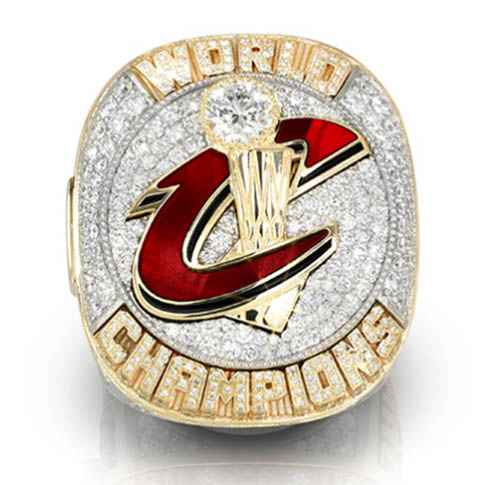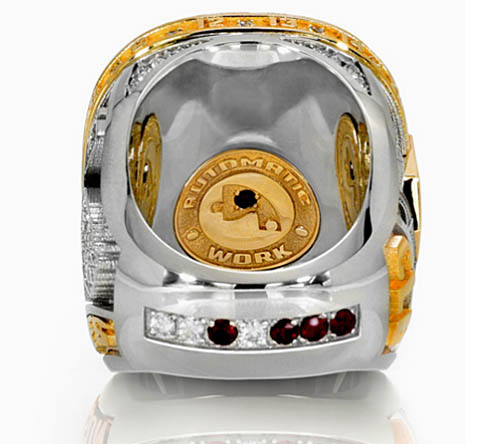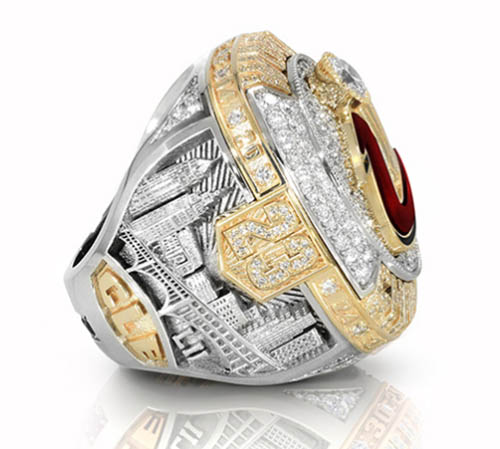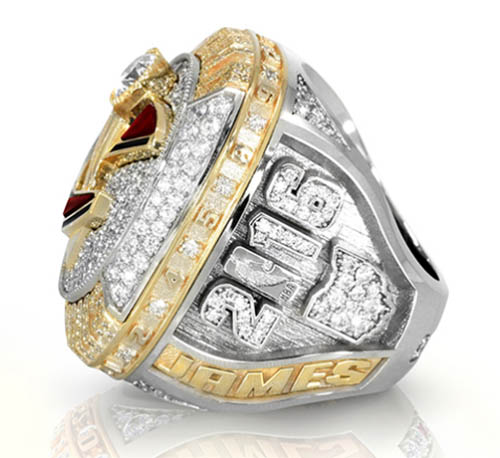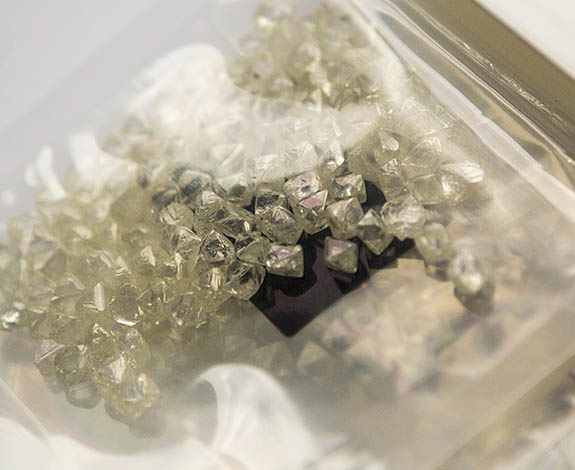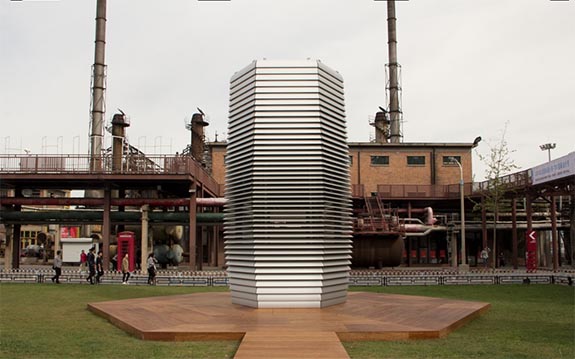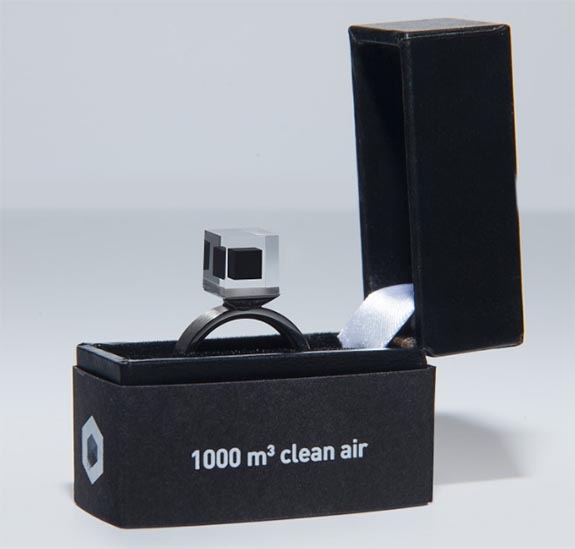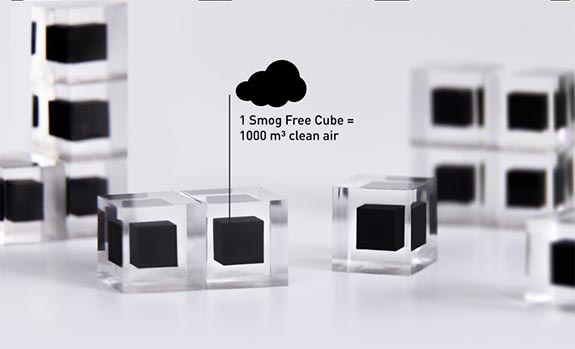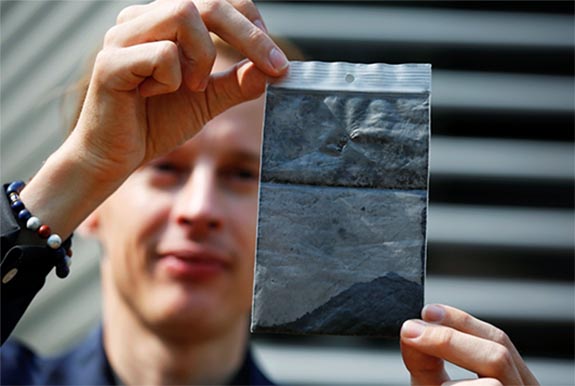Welcome to Music Friday when we bring you great new songs with jewelry, gemstones or precious metals in the title or lyrics. Today we shine our spotlight on the newly engaged Colbie Caillat, who sings about falling in love in her brand new release, "Goldmine."
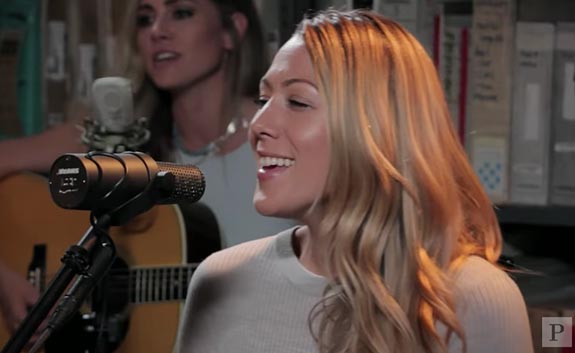
Composed by Caillat and three collaborators, "Goldmine" captures the elation of finding the perfect soulmate. Billboard magazine described "Goldmine" as "a sunny number that's liable to have you whistling along in glee."
Caillat sings, "Fly me back to the moon where you took me / The very first time that you kissed me / In the sweet starlight of your endless eyes when you lit this fire / Feels like we're sitting on top of a goldmine / Flame so bright that it won't die / In a billion years it'll still be here 'cause our love is a goldmine / Yeah, our love is a goldmine."

"Goldmine" is the second track on Caillat's new album, The Malibu Sessions. The single stands at #37 on the Billboard Adult Top 40 chart, and the album, which was released October 7, is climbing the Billboard 200 and is currently at #35.
Caillat told Billboard magazine that "Goldmine," which was originally penned by Taylor Berrett, was passed along to her by a mutual friend, Kara DioGuardi.
"Within three minutes of hearing [Berrett's] idea I was singing it on repeat," she told Billboard. "I ran upstairs and played it for Jason Reeves [her regular writing partner) and we instantly started writing to it. We called Kara on Skype so the three of us could write it together. She was at her cozy house in Maine and we were at our beach house in California. Within minutes we finished the song and started recording it right away. This happy, warm song is definitely one of the most unique ways I've ever written."
The song meshed perfectly with Caillet's own experience. She started dating guitarist/singer Justin Young in 2009 and the couple was engaged in May of 2015.
A native of Malibu, Calif., the 31-year-old Caillat got national attention in 2008 when she recorded "Lucky," a duet with Jason Mraz. The song earned a Grammy in the "Best Pop Duo/Group Performance" category. Caillat has sold more than 6 million albums and 10 million singles worldwide.
Some trivia: Caillat's road to stardom has not always been paved with gold. The artist auditioned for American Idol twice and was rejected both times. Caillat rose to fame through social networking website Myspace.
Please check out the uplifting video of Caillat's live performance of "Goldmine" at Paste Studios in New York City. The lyrics are below if you'd like to sing along...
"Goldmine"
Written by Taylor Berrett, Kara Elizabeth DioGuardi, Jason Bradford Reeves and Colbie Caillet. Performed by Colby Caillet.
If all I had was a dollar and your bright smile
I'd have a dollar more than I would need to get by
'Cause I'm a billionaire if you count every sunrise
Waking by your side and every good night
If all you had was the way that I love you
You'd have more honey than the honey bees in June
I'll keep you laughing, keep you smiling, keep your dreams true
Long as I have you, nothing we can't do
Fly me back to the moon where you took me
The very first time that you kissed me
In the sweet starlight of your endless eyes when you lit this fire
Feels like we're sitting on top of a goldmine
Flame so bright that it won't die
In a billion years it'll still be here 'cause our love is a goldmine
Yeah, our love is a goldmine
If everything we ever owned disappeared today
We'd build a castle in the sand somewhere far away
Don't need no money, no TV, don't need no microwave
Just the ocean waves and the love we make
Fly me back to the moon where you took me
The very first time that you kissed me
In the sweet starlight of your endless eyes when you lit this fire
Feels like we're sitting on top of a goldmine
Flame so bright that it won't die
In a billion years it'll still be here 'cause our love is a goldmine
We'll be rich in wrinkles, old and gray
When the rising tide sweeps us away
Until then fly me back to the moon where you took me
The very first time that you kissed me
In the sweet starlight of your endless eyes when you lit this fire
Feels like we're sitting on top of a goldmine
Flame so bright that it won't die
In a billion years it'll still be here 'cause our love is a goldmine
Feels like we're sitting on top of a goldmine
Flame so bright that it won't die
In a billion years it'll still be here cause our love is a goldmine
Yeah, our love is a goldmine
Credit: Screen captures via YouTube.com.
